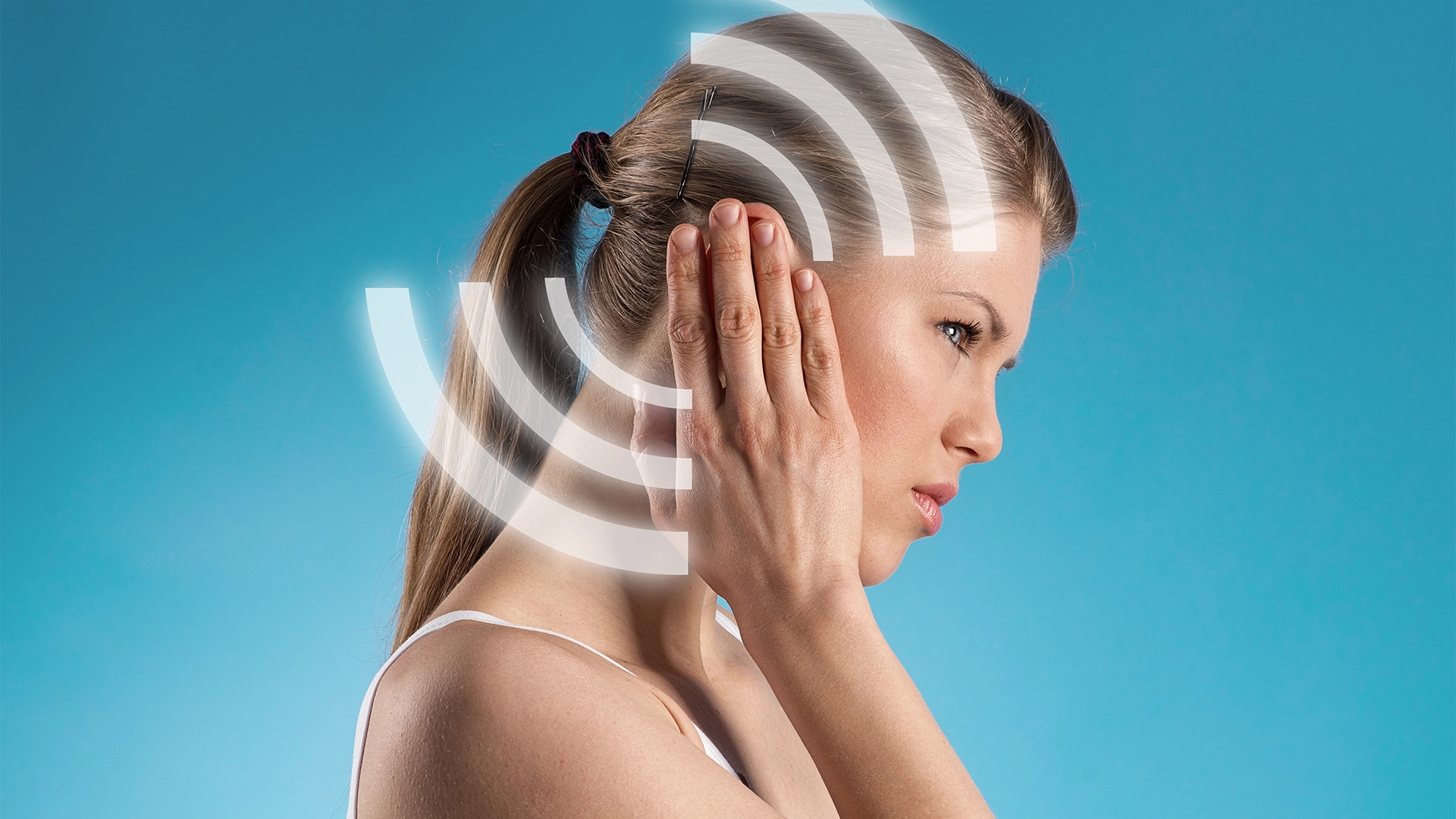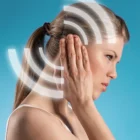What Is Pulsatile Tinnitus—and Is It Dangerous?
If you’ve ever thought, “Why do I hear a heartbeat in my ear?”—you’re not alone. This phenomenon, often described as a “whooshing” or “throbbing” in the ear, may be a sign of pulsatile tinnitus, a type of tinnitus that sounds like a rhythmic pulsing in sync with your heartbeat. But is a whooshing sound in your ear dangerous?
The short answer: It can be—but not always. Pulsatile tinnitus isn’t always a cause for alarm, but it can sometimes signal an underlying vascular or neurological condition that requires medical attention.
Medical advice can be best pursued from a neurointerventional or cerebrovascular neurosurgeon, in the event a vascular cause has been identified.
What Causes That Whooshing Sound in Your Ear?
Pulsatile tinnitus occurs when you can hear your heartbeat in your ear due to blood flow near the auditory system. Unlike standard tinnitus, which sounds like ringing or buzzing, pulsatile tinnitus has a rhythmic, whooshing quality. You may notice it most when lying down, or when your surroundings are quiet.
Possible causes include:
- Changes in blood flow through vessels near the ear
- High blood pressure
- An abnormal connection between arteries and veins (called an arteriovenous malformation)
- Tumors in the head and neck region (rare)
- Narrowing of the jugular vein or carotid artery
- Middle ear disorders like glomus tumors
- Increased awareness of blood flowing near the ear canal
The Tri-State's leaders
in Cerebrovascular treatments.
Is Pulsatile Tinnitus in One Ear Only More Concerning?
- Experiencing pulsatile tinnitus in one ear only can be more concerning than hearing it in both. While bilateral symptoms might be linked to systemic issues like high blood pressure, one-sided whooshing sounds may indicate a localized vascular anomaly or structural issue in the ear canal, middle ear, or surrounding blood vessels.Because of this, pulsatile tinnitus in one ear only should be evaluated by a specialist. A neurologist, neurointerventionalist, or neurotologist may recommend imaging tests such as:
- MRI or MRA to visualize blood vessels
- CT scan to check for bone or vascular abnormalities
- Ultrasound of the neck to assess the jugular vein and carotid arteries
- A comprehensive hearing test
Ear Throbbing vs. Regular Tinnitus
Standard tinnitus is often caused by age-related hearing loss or noise damage. It usually presents as ringing or buzzing without a clear rhythm. In contrast, ear throbbing caused by pulsatile tinnitus is synchronized with your heartbeat—and can often be heard clearly when placing your head on a pillow or turning your head a certain way.
If you’ve been asking, “Why do I hear a heartbeat in my ear?” and the sensation seems to throb or pulse, you’re likely dealing with pulsatile tinnitus rather than traditional tinnitus.
Can the Whooshing Sound in My Ear Be Treated?
Yes—a treatment plan for pulsatile tinnitus depends on its cause. The first step is a thorough evaluation. Once the cause is identified, treatment may involve:
1. Managing High Blood Pressure
Elevated blood pressure can make you more aware of blood flowing through vessels near the ear. Medication and lifestyle changes may reduce the sensation.
2. Treating Vascular Issues
If an abnormal artery-vein connection or vascular malformation is identified, neurointerventional procedures may be performed to correct the issue.
3. Addressing Middle Ear Tumors
Glomus tumors or other middle ear growths may require surgical removal, especially if they’re causing pressure or interfering with hearing.
4. Sound Therapy
For patients where no clear medical cause is found, sound therapy or sound generators may help mask the pulsating sound and reduce stress.
5. Hearing Aids
If pulsatile tinnitus is accompanied by hearing loss, specialized hearing aids can sometimes alleviate both problems by amplifying ambient noise and reducing internal perception of the whooshing.
How to Stop Hearing Heartbeat in Ear
If you’re searching for ways on how to stop hearing heartbeat in ear, here are some steps you can try—after being evaluated by a medical professional:
- Monitor your blood pressure and manage it proactively
- Limit caffeine and sodium, which can influence vascular tone
- Sleep with your head elevated to reduce blood pressure near the ears
- Use white noise machines or masking sounds at night
- Avoid smoking, which can affect vascular health
- Engage in stress-reducing activities such as yoga or meditation
When Should You See a Doctor?
Not all cases of whooshing in ear are dangerous, but some absolutely can be. You should seek medical evaluation if you experience:
-
- Pulsatile tinnitus in one ear only
- Associated hearing loss
- Changes in vision or balance
- Symptoms that worsen over time
- Ear throbbing that affects sleep or daily function
Final Thoughts: Don’t Ignore That Whooshing Sound
If you hear your heartbeat in your ear, it’s not something to ignore. While some causes are harmless, others require targeted treatment. At Neurosurgeons of New Jersey we specialize in identifying and treating vascular causes of pulsatile tinnitus, often through minimally invasive techniques. With the right treatment plan, many patients experience relief and return to quiet.
If you’re wondering whether the whooshing sound in your ear is dangerous, don’t wait. Schedule a consultation with today and take the first step toward peace of mind—and quiet.

About Dr. Dorothea Altschul
Dr. Dorothea Altschul is an accomplished neurointerventionalist in North Jersey and is the Clinical Director of Endovascular Services at Neurosurgeons of New Jersey, practicing out of their Ridgewood office located on East Ridgewood Avenue.







